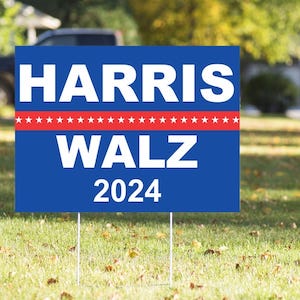Kamala Harris’s campaign strategy for the 2024 election is unusual as she has absolutely refused to detail her policy positions on her campaign website, a move that’s been interpreted as an expectation for the media to fill in the blanks, much like they did for Joe Biden.
QUIET PART OUT LOUD: "Kamala Harris trusts the journalists to explain these policies to folks…and when that happens, it will be successful for Democrats." pic.twitter.com/2YtYS7feiJ
— Breaking911 (@Breaking911) August 20, 2024
This approach has sparked discussions about the authenticity of her agenda and her interaction with the media:
- Media Strategy: Harris’s campaign appears to be banking on the media’s willingness to interpret and explain her policies, a tactic that’s been criticized for its reliance on media interpretation rather than direct policy communication from the candidate herself. This strategy was hinted at by her surrogates, suggesting that Harris prefers the media to elucidate her positions, possibly due to her perceived discomfort with unscripted media engagements.
- Public Perception and Media Interaction: The absence of detailed policy positions has led to a narrative where Harris’s campaign is seen as avoiding scrutiny. Critics argue that this avoidance stems from her past interactions with the press, where her responses were often seen as evasive or unclear, leading to a perception of her as unprepared for spontaneous questioning.
- Social Media and Youth Engagement: Despite the criticism, Harris’s campaign has heavily leaned into social media, particularly targeting Generation Z with content that’s relatable, humorous, and culturally relevant. This shift towards digital engagement might be seen as an attempt to bypass traditional media scrutiny, focusing instead on building a connection with younger voters through platforms like TikTok and Instagram.
- Policy Ambiguity: The lack of a detailed policy page or direct engagement on policy specifics has led to speculation and criticism about the substance of her campaign. Critics argue that this strategy might be an acknowledgment of her weaknesses in policy discussions, choosing instead to let the media and her campaign’s digital presence define her political stance.
- Campaign Dynamics: The transition from Biden to Harris at the top of the ticket has not changed the core strategy of the campaign, but it has amplified the attention Harris receives. Her campaign’s approach to policy has been to draft off Biden’s agenda, focusing on popular elements like the “care economy” while avoiding detailed policy discussions that might expose her to criticism or reveal her positions as potentially out of touch with moderate voters.
This approach, while innovative in its use of social media and cultural engagement, has drawn scrutiny for its lack of transparency regarding policy specifics, leading to a debate on whether this strategy will resonate with voters beyond the echo chambers of social media and into the broader electorate seeking clear policy direction.
